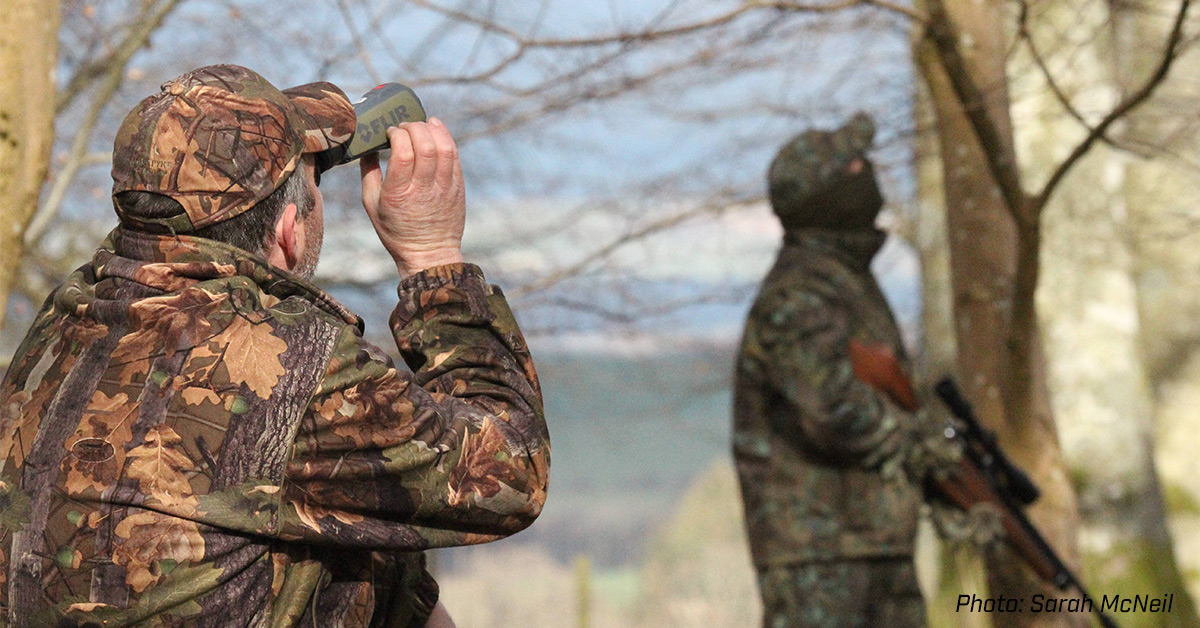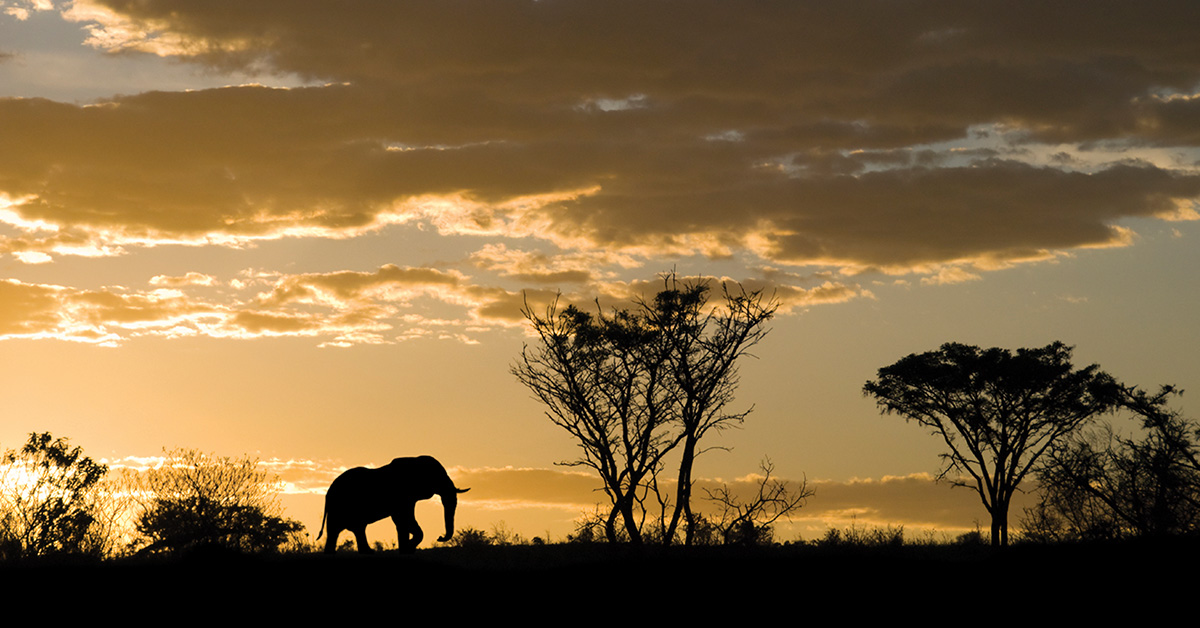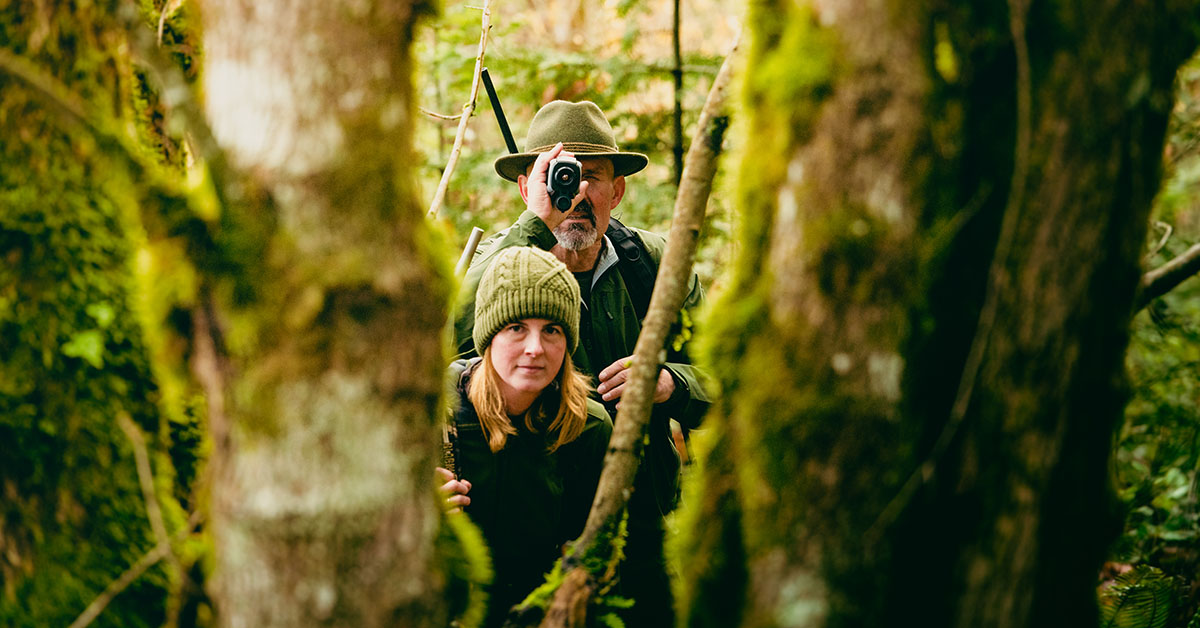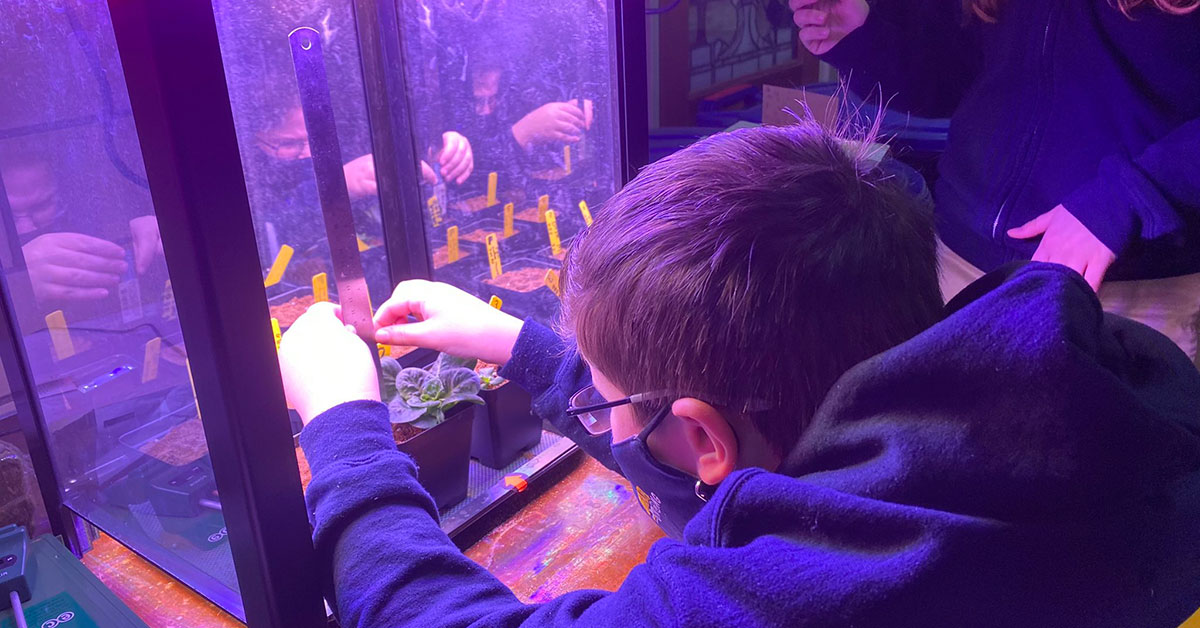Thermal Imaging Keeps The Greys At Bay

Thanks to the hard work of dedicated red squirrel conservationists in the North of England there has finally been a population increase in this much loved mammal after many years of decline. For the first time since monitoring began, a study confirmed that red squirrel numbers in 294 woodland sites in the region were up by 5% in Autumn 2013 by comparison with the previous Spring. It’s a small increase but a significant one as it confirms that the conservationists’ methods are proving effective and one detection tool that is now vital to their work is FLIR thermal imaging.
Born in the USA
A Victorian banker named Thomas Brocklehurst has a lot to answer for. He brought a pair of grey squirrels back with him from a business trip to America to his home in Cheshire. And the rest, as they say, is history. From that original pair, a population was established and it soon exploded, to the great detriment of the native reds.
Today the number of grey squirrels is estimated to be around 5 million whilst the reds have dwindled to less than 150,000. For every one red squirrel per hectare of land, there is estimated to be eight greys.
They have been marginalised too. The grey has effectively pushed the red population north. Around 75% of reds are to be found in Scotland and the remaining 25% are in Cumbria and Northumberland. Without the help of the conservationists the reds are clearly in danger of extinction and the only way to ensure they continue to thrive in their natural habitat is to remove the ‘alien’ species.
Thermal help
“Our FLIR Scout cameras are a fantastic help in tracking grey squirrels,” explained Jerry Moss, one of three rangers with the Penrith and District Red Squirrel Group, whose work is focussed in the Whinfell Forest in Cumbria; he is also a trustee of the charity. “We can see the animals from a distance and can therefore shoot them with an air gun swiftly and cleanly.”


Contrary to common belief, the greys don’t physically kill the reds but they are carriers of the squirrel pox virus. It develops in a similar way to myxomatosis in rabbits and whilst the greys are immune to the virus themselves, it remains deadly to the reds. The greys are also a more robust species and have a much wider diet than the reds. These combined factors mean that the only way to preserve the reds effectively is to eradicate the greys which are, in fact, now classified as vermin the UK.
Before investing in the FLIR Scout cameras, the Penrith & District Red Squirrel Group and its associate conservation groups relied on sight and instinct to track down the greys; not an easy task in the forest canopy or floor. Furthermore this work has to be done during daylight hours as all squirrels are diurnal.
Try then buy
“We read about thermal imaging in the media and on various shooting forums and it seemed to be the ideal detection method,” Jerry Moss continued. “FLIR allowed us to try one before we bought it. Obviously as a charitable operation we have to minimise our costs as we exist only through donation and sponsorship. The FLIR Scout wasn’t the cheapest but, nevertheless, it had important features that made it the best choice for our needs.”
The Group’s first purchase was a FLIR Scout PS-24 that has an image resolution of 240 x 180 pixels that provides a crisp and clear image without the need for adjustment. Now all the red squirrel groups in the area have a collective resource of seven FLIR Scout PS-24 monocular cameras and one Scout PS-32 that produces thermal images of 320 x 240 pixels, making it ideal for spotting wildlife over longer distances.

All but the first of these FLIR models were bought from PASS Limited in Stockton on Tees, a leading supplier of electrical test equipment and electrical training courses. Both models are IP67 sealed for outdoor use and are supplied with rechargeable Li-ion batteries which provide up to
5 hours of continuous operation.They are controlled by four buttons on the top of the unit and an LED task light is also built-in.
Unique feature
As well as the compact design of the Scout series, Jerry Moss also cited the camera’s unique InstAlert™ feature as a reason for purchase. This colours the hottest parts of the thermal image red, so it is very easy to pinpoint an animal in the overall scene.
Jerry Moss explained: “InstAlert™ really pulls your eye to the target, you don’t have to think about it. You simply stop and scan – any heat source in the field of view is immediately visible. I have to say I feel naked without my FLIR camera now!”
His colleague, Christian Bensaid, who has just completed his first year as the red squirrel ranger for Ullswater is similarly enthusiastic: “The FLIR Scout has been a huge aid to me personally and has certainly changed the stakes. The wooded terrain on the fell sides of Ullswater is not the easiest to stalk or monitor. You have to watch carefully where you put each step when you are walking off the beaten track – and in all weathers!

The FLIR Scout makes it a much easier task as it is able to monitor the wood far ahead, picking up the smallest heat source, be it a nuthatch, a hare, a red squirrel or a grey,” he added.
Recovering population
When he started work at Ullswater, it was clear that the non-native grey had infiltrated the valley and even more worryingly, reds were rarely being seen. However, thanks to the endeavours of all involved, this situation is already changing and reds are evident again. There is still a great deal of work to be done however to safeguard the red squirrels that have managed to hang on to their territory.
Such is the importance of thermal imaging in the fight to save the red squirrel that the combined conservations groups have now produced a written guide to using the technology for wildlife tracking.
“There is no doubt our FLIR Scout cameras have dramatically improved our ability to seek out and remove grey squirrels. We couldn’t be as effective without them,” Jerry Moss concluded.


